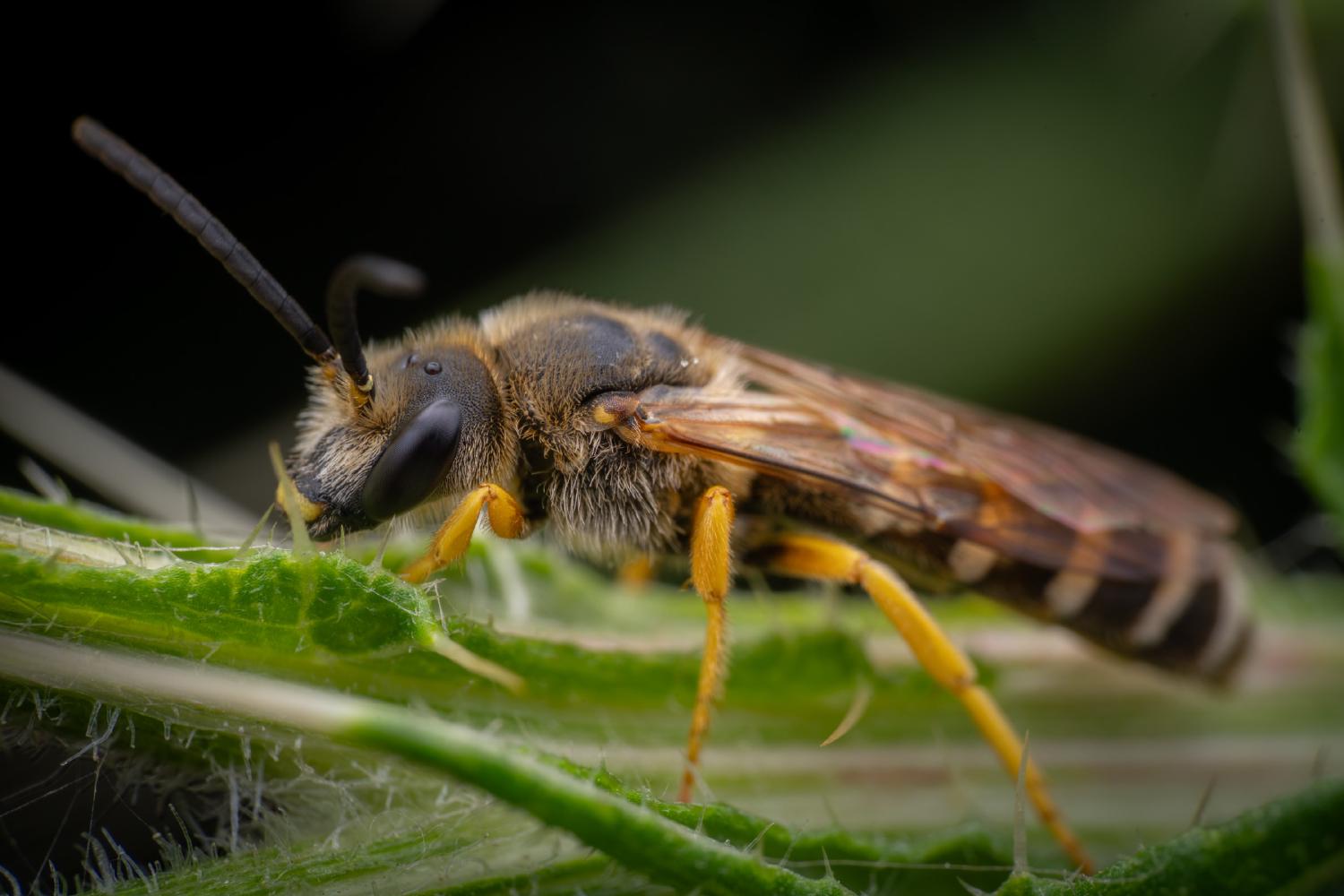Sweat Bees
Lat. “Halictidae“
family
of epifamily
“Bees“
1 family, 2 genus, 7 species
Hierarchy

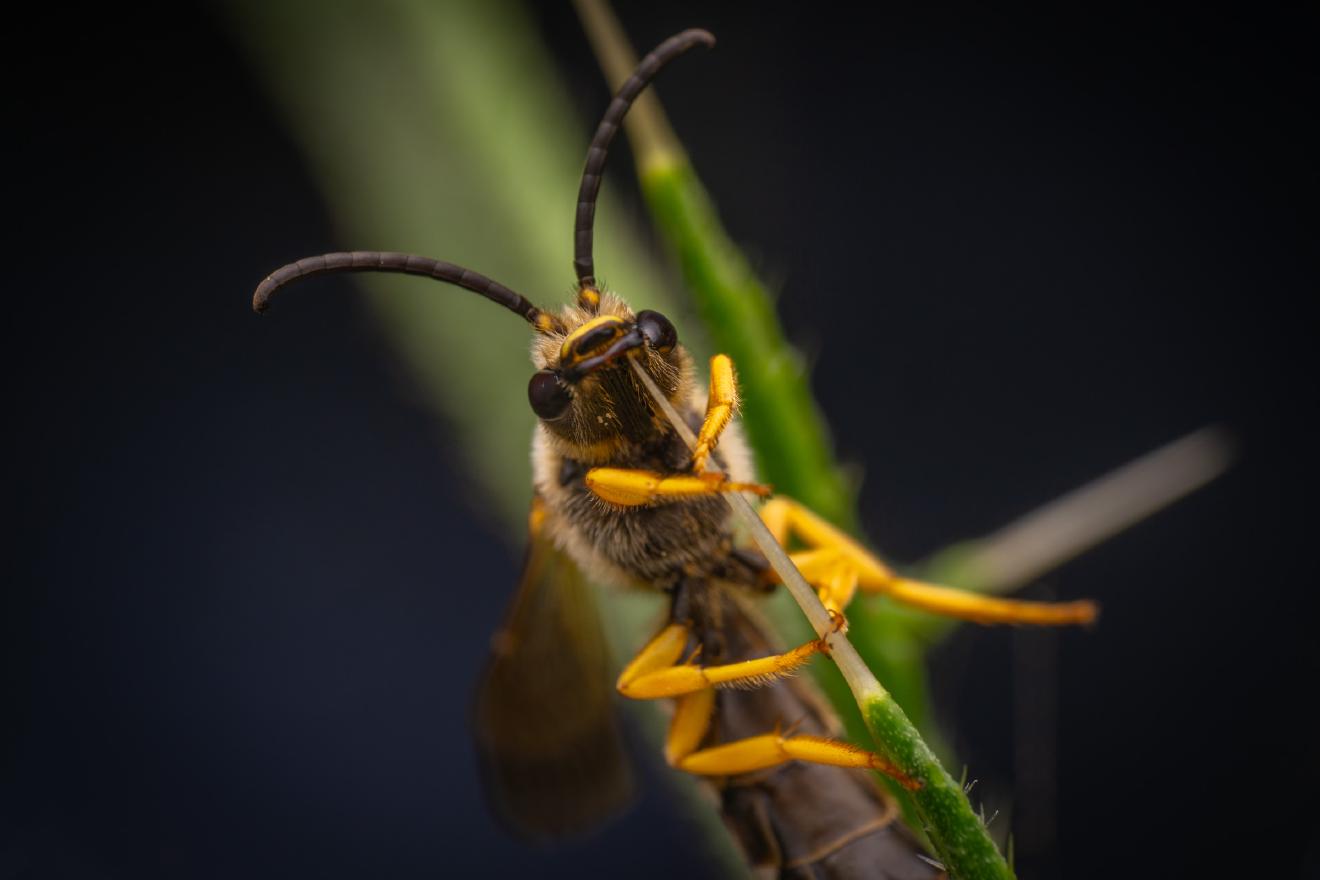
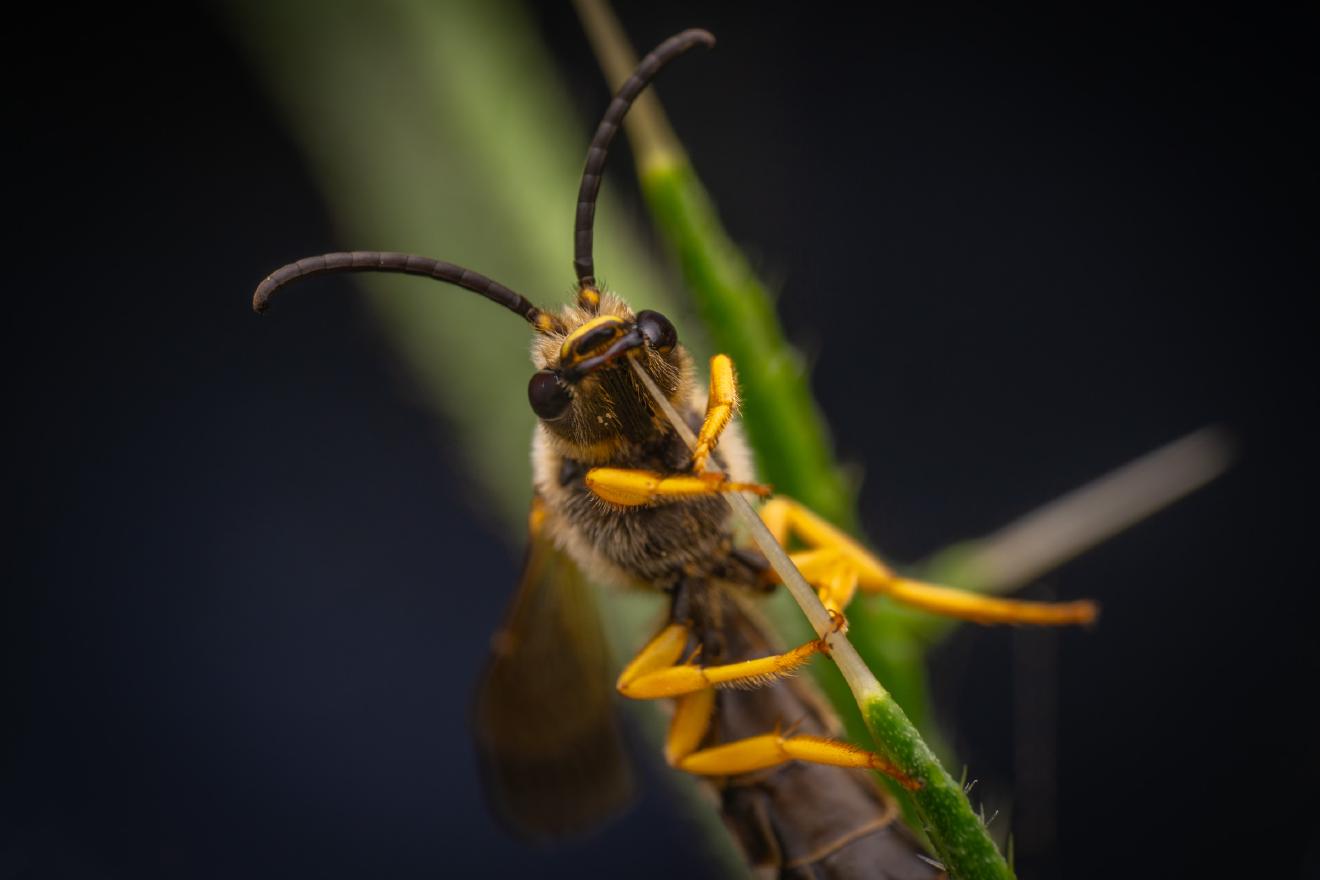
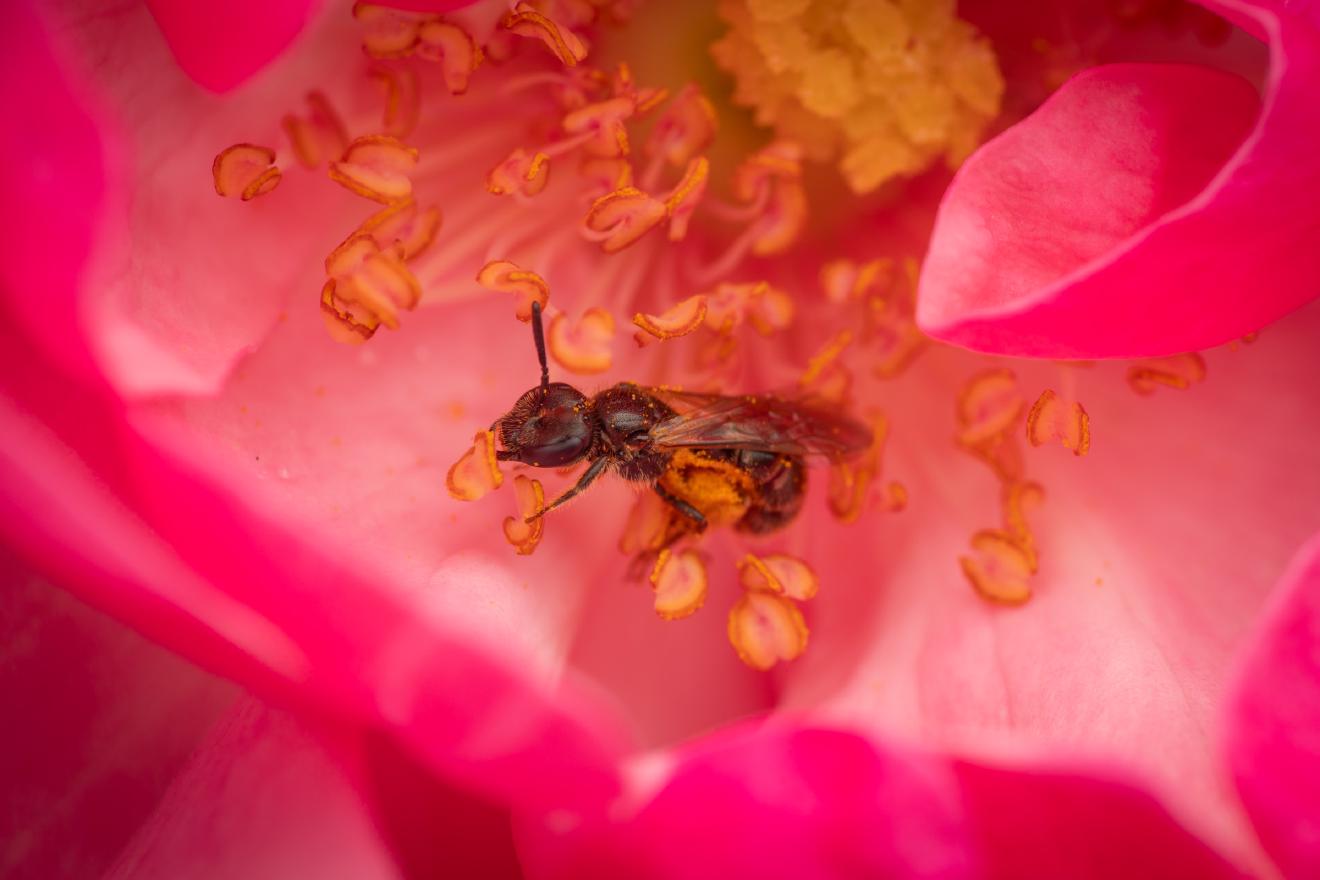
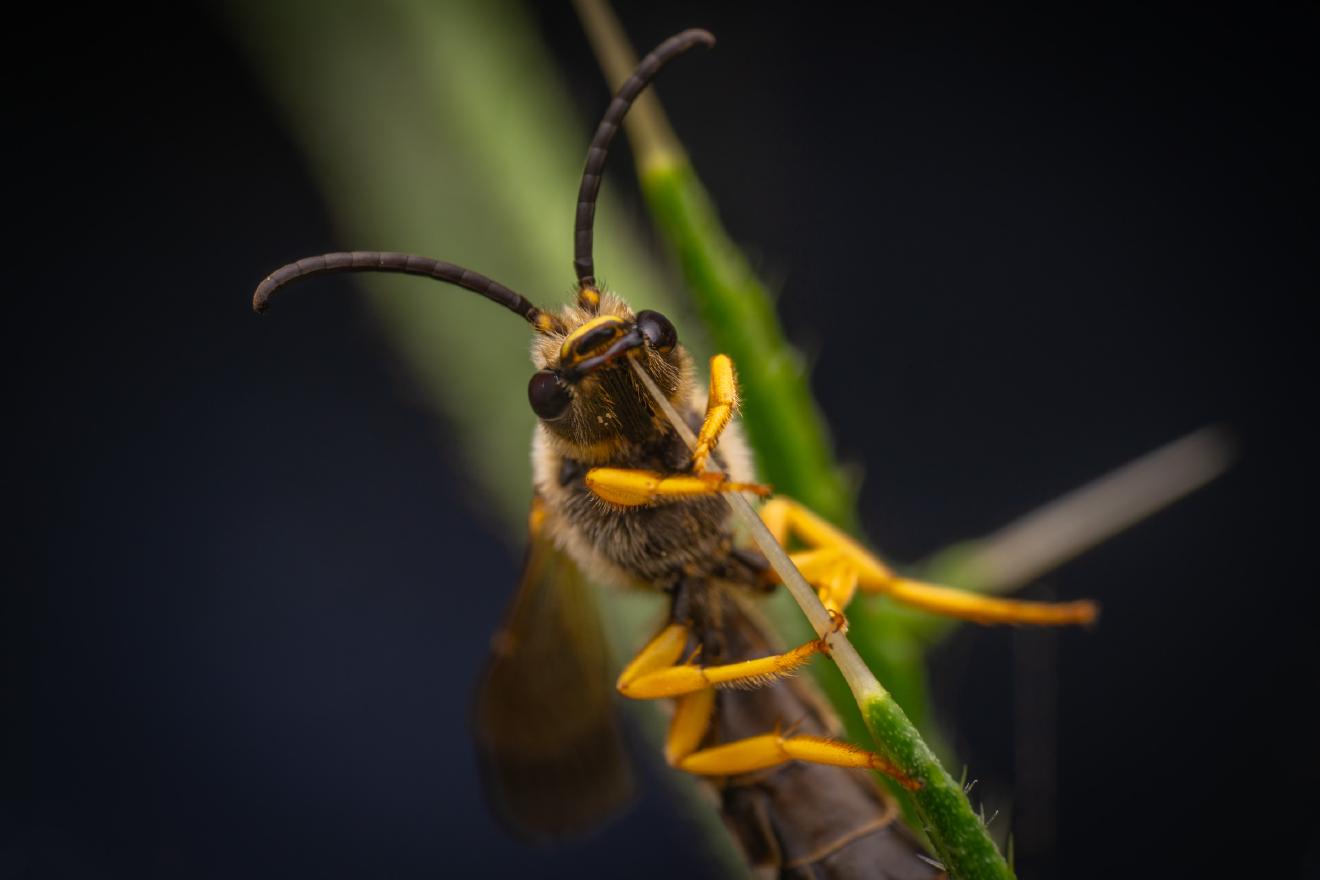
Ancestry Graph
%%{
init: {
'theme': 'base',
'themeVariables': {
'primaryColor': '#83a09c',
'primaryTextColor': '#212d2b',
'primaryBorderColor': '#fff',
'lineColor': '#fff',
'secondaryColor': '#006100',
'tertiaryColor': '#fff'
}
}
}%%
flowchart LR
classDef active fill:#fff
arthropods("phylum: Arthropods"):::active
arthropods-->insects("class: Insects"):::active
insects-->narrow-waisted-wasps-ants-and-bees("suborder: Narrow-waisted Wasps, Ants, and Bees"):::active
narrow-waisted-wasps-ants-and-bees-->ants-bees-and-stinging-wasps("infraorder: Ants, Bees, and Stinging Wasps"):::active
ants-bees-and-stinging-wasps-->bees("epifamily: Bees"):::active
bees-.->cellophane-bees("genus: Cellophane Bees")
bees-.->common-masked-bee(["species: Common Masked Bee"])
bees-.->honey-bees-bumble-bees-and-allies("family: Honey Bees, Bumble Bees, and Allies")
bees-.->masked-bees("genus: Masked Bees")
bees-.->mason-leafcutter-carder-and-resin-bees("family: Mason, Leafcutter, Carder, and Resin Bees")
bees-.->mining-bees("genus: Mining Bees")
bees-.->rampion-scissor-bee(["species: Rampion Scissor Bee"])
bees==>sweat-bees("family: Sweat Bees"):::active
bees-.->white-jawed-yellow-face-bee(["species: White-jawed Yellow-face Bee"])
click cellophane-bees href "/en/catalogue/arthropods/insects/narrow-waisted-wasps-ants-and-bees/ants-bees-and-stinging-wasps/bees/cellophane-bees/"
click common-masked-bee href "/en/catalogue/arthropods/insects/narrow-waisted-wasps-ants-and-bees/ants-bees-and-stinging-wasps/bees/common-masked-bee/"
click honey-bees-bumble-bees-and-allies href "/en/catalogue/arthropods/insects/narrow-waisted-wasps-ants-and-bees/ants-bees-and-stinging-wasps/bees/honey-bees-bumble-bees-and-allies/"
click masked-bees href "/en/catalogue/arthropods/insects/narrow-waisted-wasps-ants-and-bees/ants-bees-and-stinging-wasps/bees/masked-bees/"
click mason-leafcutter-carder-and-resin-bees href "/en/catalogue/arthropods/insects/narrow-waisted-wasps-ants-and-bees/ants-bees-and-stinging-wasps/bees/mason-leafcutter-carder-and-resin-bees/"
click mining-bees href "/en/catalogue/arthropods/insects/narrow-waisted-wasps-ants-and-bees/ants-bees-and-stinging-wasps/bees/mining-bees/"
click rampion-scissor-bee href "/en/catalogue/arthropods/insects/narrow-waisted-wasps-ants-and-bees/ants-bees-and-stinging-wasps/bees/rampion-scissor-bee/"
click sweat-bees href "/en/catalogue/arthropods/insects/narrow-waisted-wasps-ants-and-bees/ants-bees-and-stinging-wasps/bees/sweat-bees/"
click white-jawed-yellow-face-bee href "/en/catalogue/arthropods/insects/narrow-waisted-wasps-ants-and-bees/ants-bees-and-stinging-wasps/bees/white-jawed-yellow-face-bee/"
click arthropods href "/en/catalogue/arthropods/"
click insects href "/en/catalogue/arthropods/insects/"
click narrow-waisted-wasps-ants-and-bees href "/en/catalogue/arthropods/insects/narrow-waisted-wasps-ants-and-bees/"
click ants-bees-and-stinging-wasps href "/en/catalogue/arthropods/insects/narrow-waisted-wasps-ants-and-bees/ants-bees-and-stinging-wasps/"
click bees href "/en/catalogue/arthropods/insects/narrow-waisted-wasps-ants-and-bees/ants-bees-and-stinging-wasps/bees/"
Further Information
Copyright

This article uses material from the Wikipedia article Halictidae the free encyclopedia Wikipedia which is released under Creative Commons Attribution-ShareAlike 4.0 International License). On Wikipedia a list of authors is available.
